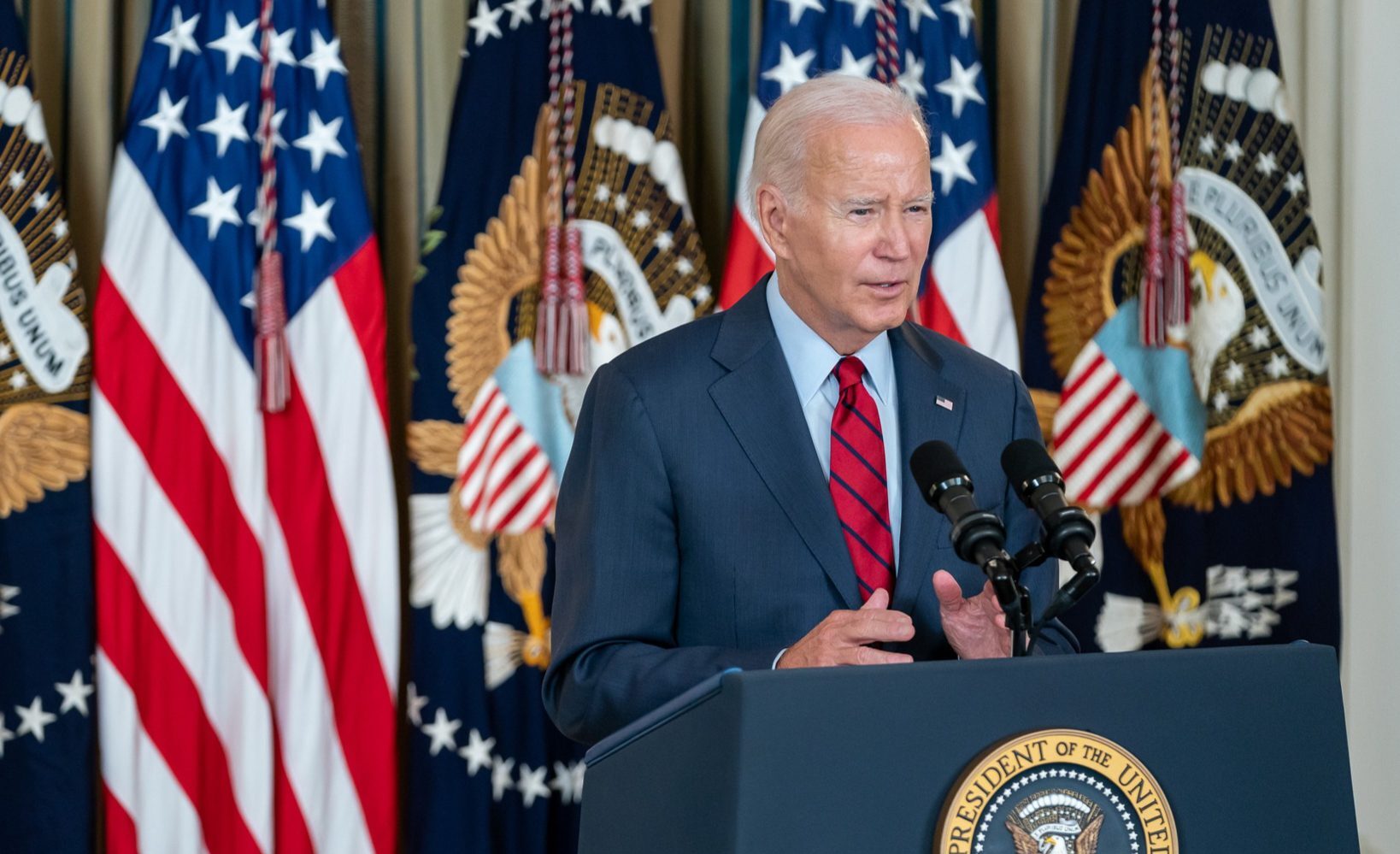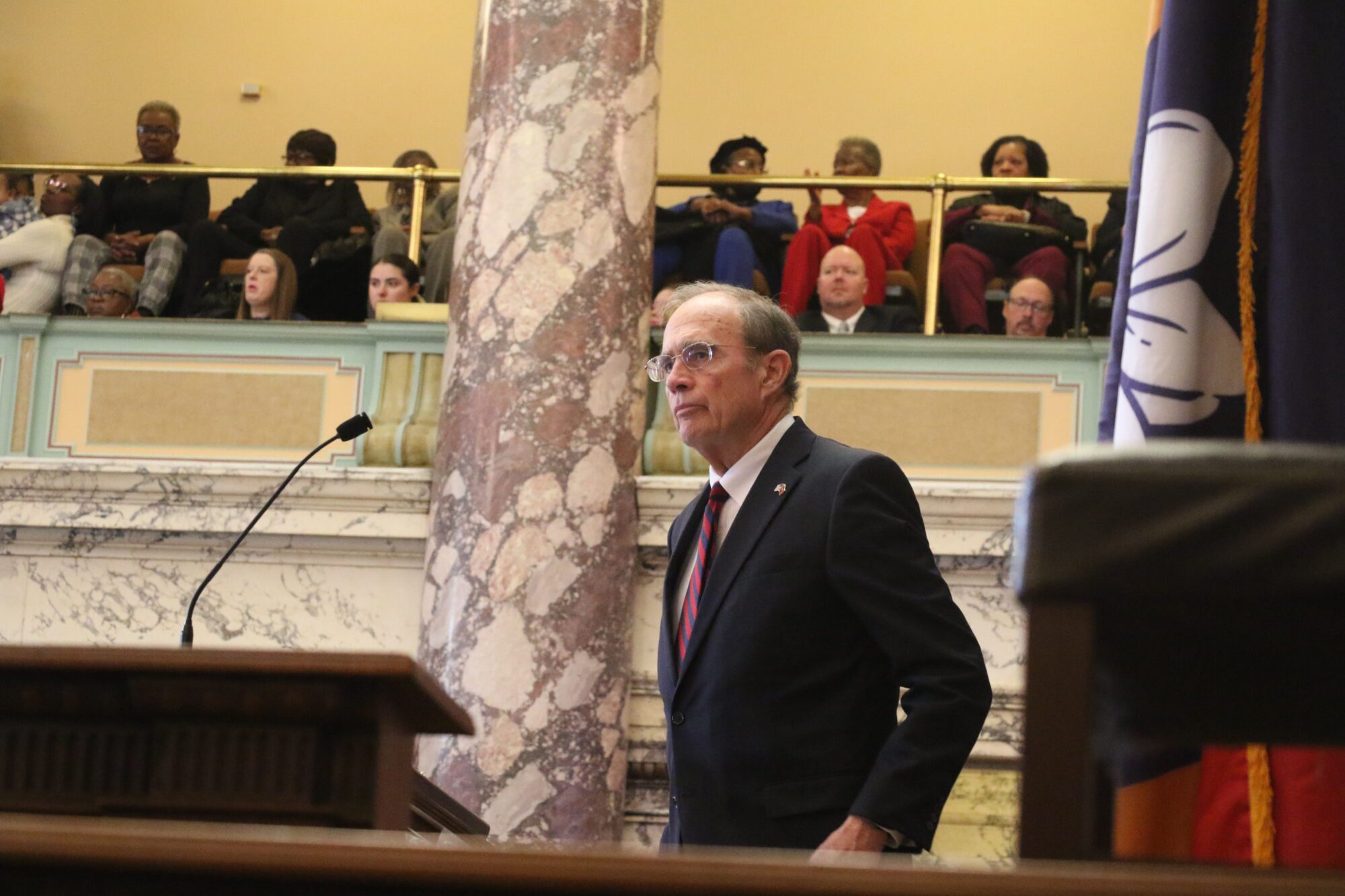
As state leaders grapple with how to address a growing unfunded liability in the Mississippi’s Public Employee Retirement System, here are five not so easy steps to honor the promises made to current employees and retirees, ensure long-term solvency, and protect taxpayers.
Step 1. Admit There Is A Problem
The first step on the road to recovery is to admit there is a problem. The problem for Mississippi’s Public Employees Retirement System (PERS) is fundamentally one of basic math. Design flaws in PERS have resulted in setting aside too few dollars to pay for the benefits promised to public workers.
At present, PERS reports a $25 billion unfunded liability. Mississippi’s public pension system is one of just a few state pensions across the country funded under 60 percent. Experts consider pension funding under this line to be “unsafe” or “in distress.”
Step 2. Resist the Urge to Go Full Ostrich
The longer we bury our heads in the sand, the worse this problem will get. State leaders have rightfully crowed about their success in paying down non-pension debt. In twenty years, the state went from operating at a nearly $800 million deficit to operating with substantial surpluses. The best way for lawmakers to now think of PERS’ unfunded liability is as another debt which is owed and must be tackled.
Reforms to stabilize public pension systems are not the third rail some politicians fret over. In recent years, both ‘red states’ and ‘blue states’ have implemented significant pension reforms with no political fallout.
Paying off the debt will require putting more dollars in the system. But putting more dollars in the system should result in serious reflection about how the plan got to its present state, willingness to change for future generations of workers, and more accountability.
Step 3. Give Taxpayers a Seat at the Table
At present, PERS is funded by three sources, an employer contribution, an employee contribution, and the interest the system earns off of those contributions. The ’employee contribution’ under current law is 9 percent. The ’employer contribution’ is currently 17.4 percent of the public worker’s salary. This rate of contribution far exceeds typical employer contributions of 3-5 percent in the private sector. The PERS Board has recommended raising the employer contribution rate 5 percentage points over the next three years.
Of course, the ’employer contribution’ is paid by taxpayers, the vast bulk of which are not public employees and do not have guaranteed pensions of their own. Since the decisions of the PERS Board impact all taxpayers, the Board should not be made up only of people who are beneficiaries. Taxpayers who are ultimately on the line for funding the Board’s decisions should have representation.
Step 4. Stop the Bleeding
There’s an argument circulating that the solution to the PERS’ math problem is simply to hire more public workers. It is unserious for three reasons. First, government should only hire someone when that person is needed to accomplish a core function of government. Second, if the system only survives by bringing in new investors to pay what is owed to old investors that is a sign of glaring defect in the plan design. Third, unless there are changes to the plan design for new public employees, all that is accomplished by adding more workers is to create even more future unfunded liabilities.
To stop the bleeding, and to honor the promises made to current members, the plan design must change for new employees. The PERS Board, at some level, seems to understand this. The Board recommended a new tier of benefits for future employees without a guaranteed cost of living adjustment (COLA), and with a lower employee contribution rate and a shorter vesting period of four years.
Reforming the COLA makes sense. The present system has guaranteed a 3 percent COLA annually. Until recently, this fixed COLA annually outpaced actual inflation. Lowering the employee contribution rate and changing the vesting period from its current eight years to four, however, will have the net effect of making the problem worse.
The better solution would be to establish as a default defined contribution plans for new employees similar to private sector 401ks, as other states, like North Dakota, have recently done.
The overwhelming majority of young public employees will never vest in PERS. A 401k style plan for new employees would increase the portability of their retirement savings, allow for higher earnings, and simultaneously stop the state from incurring more unfunded liabilities. A defined contribution plan could also be offered as an option to current employees who have not vested. The state’s savings on a defined contribution plan for new employees could be applied to pay down the existing pension debt more quickly.
Step 5. Pay the Piper
This one is self-explanatory. The system needs more money. Contribution rates will have to increase. Better that they increase now before the problem gets worse. Coincidentally, the same could have been (and was) said a decade or two ago, before the problem got worse. The good news is that if reforms can be implemented to successfully stop the bleeding, contribution rates need not stay inflated forever.











